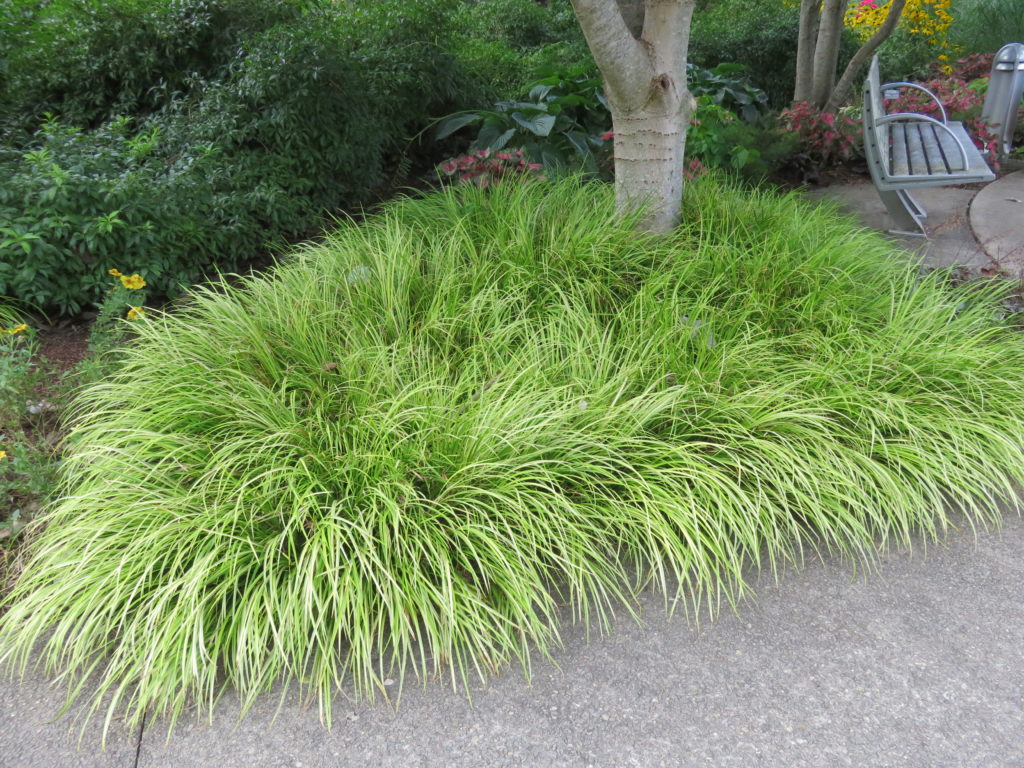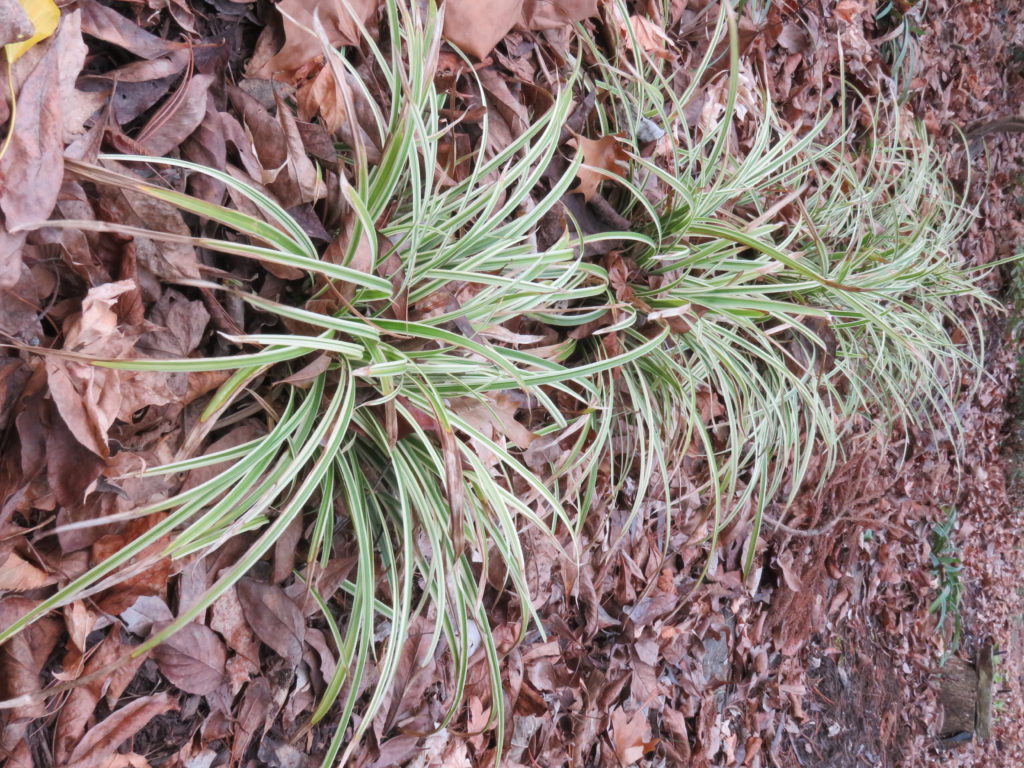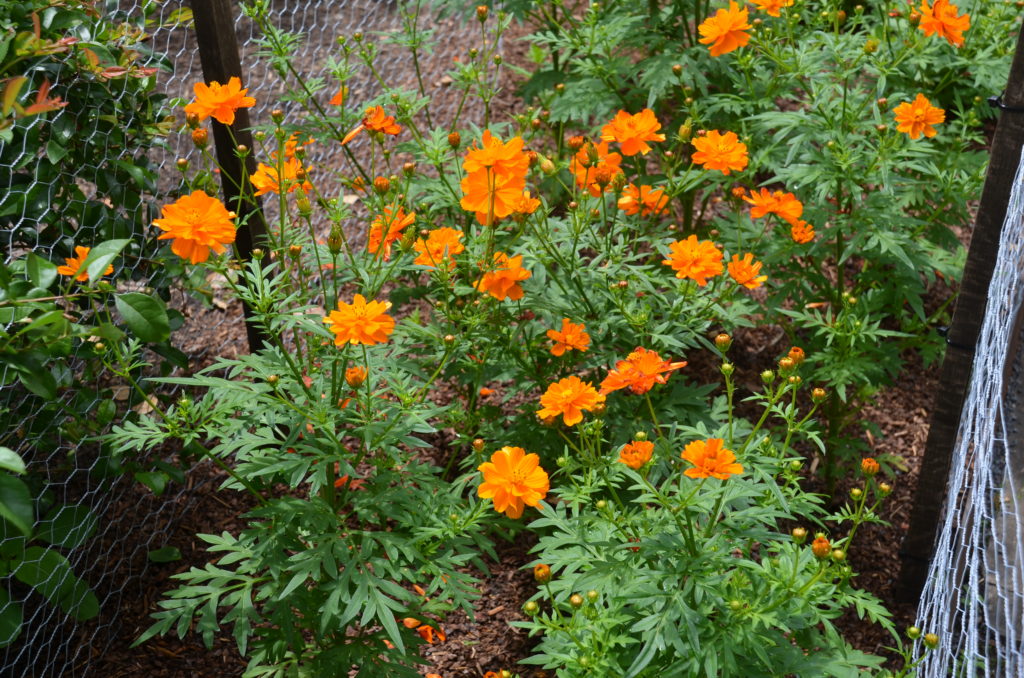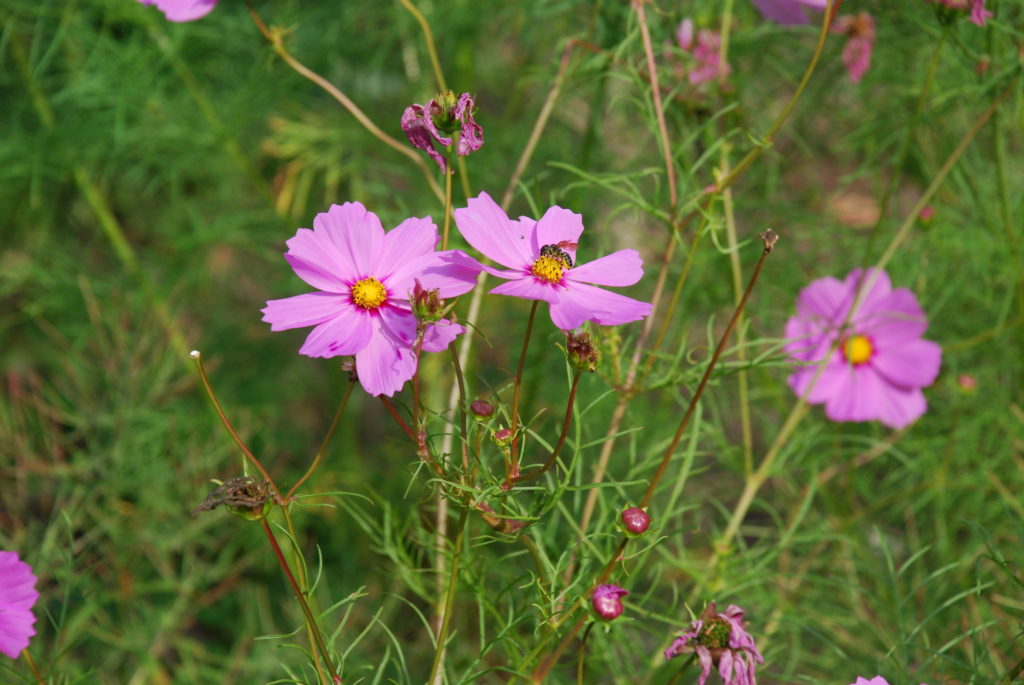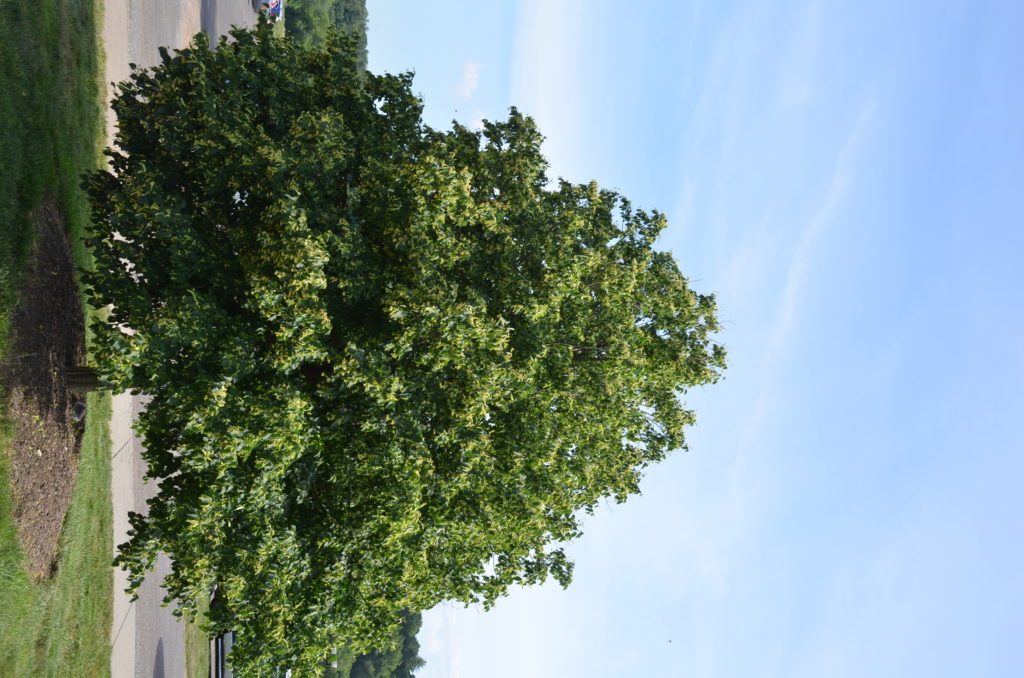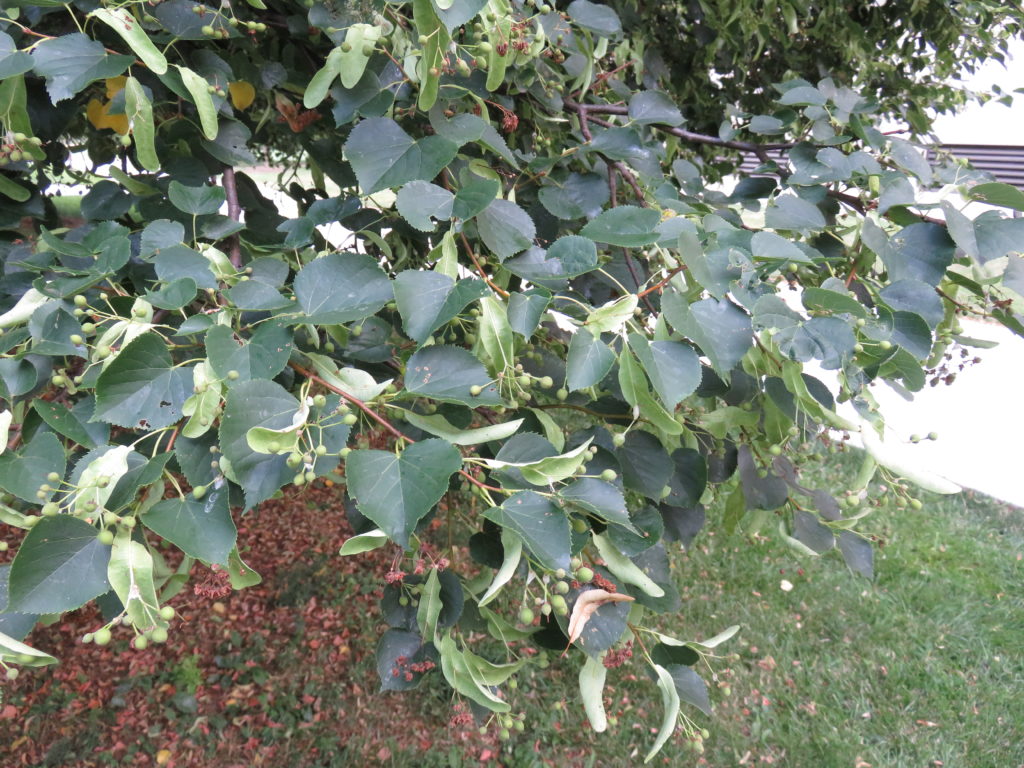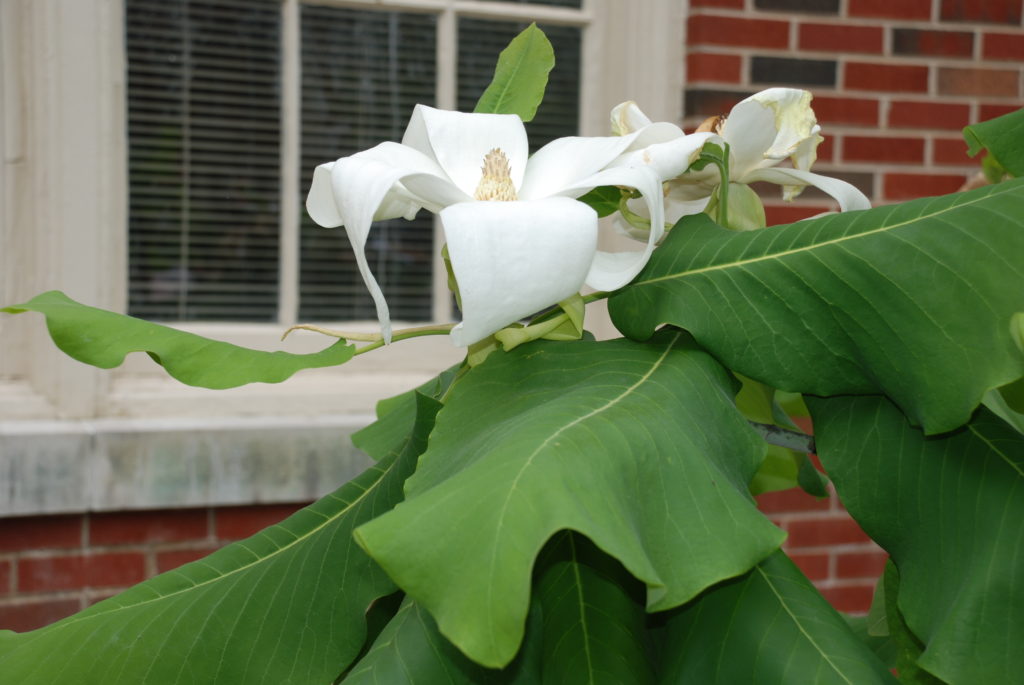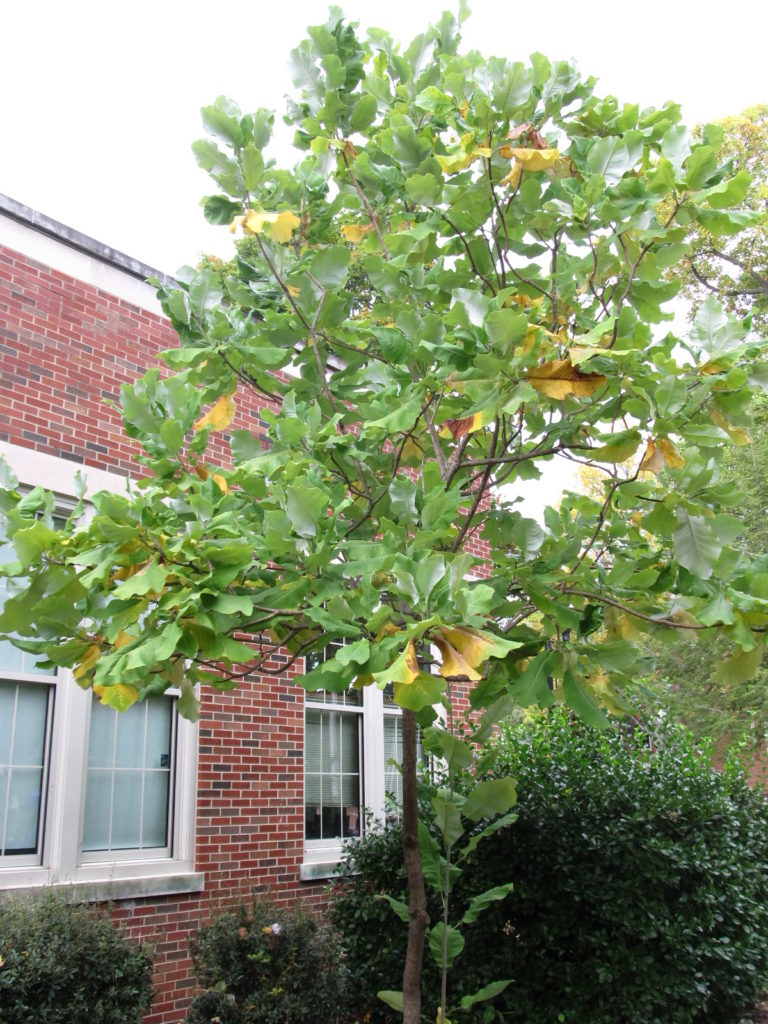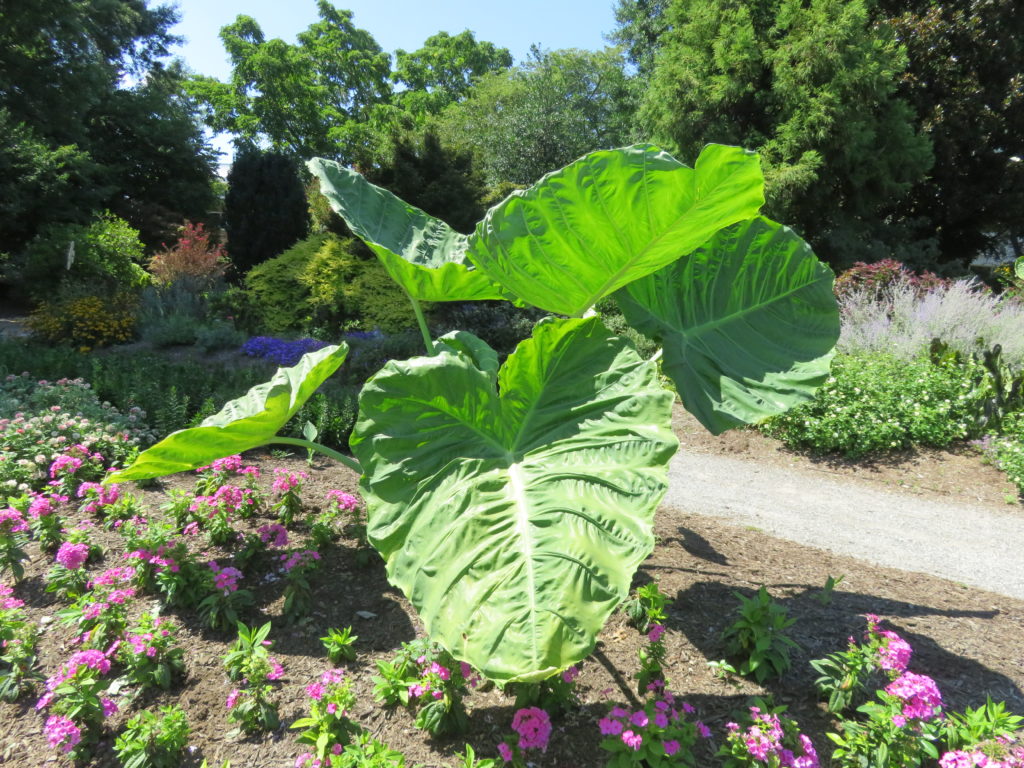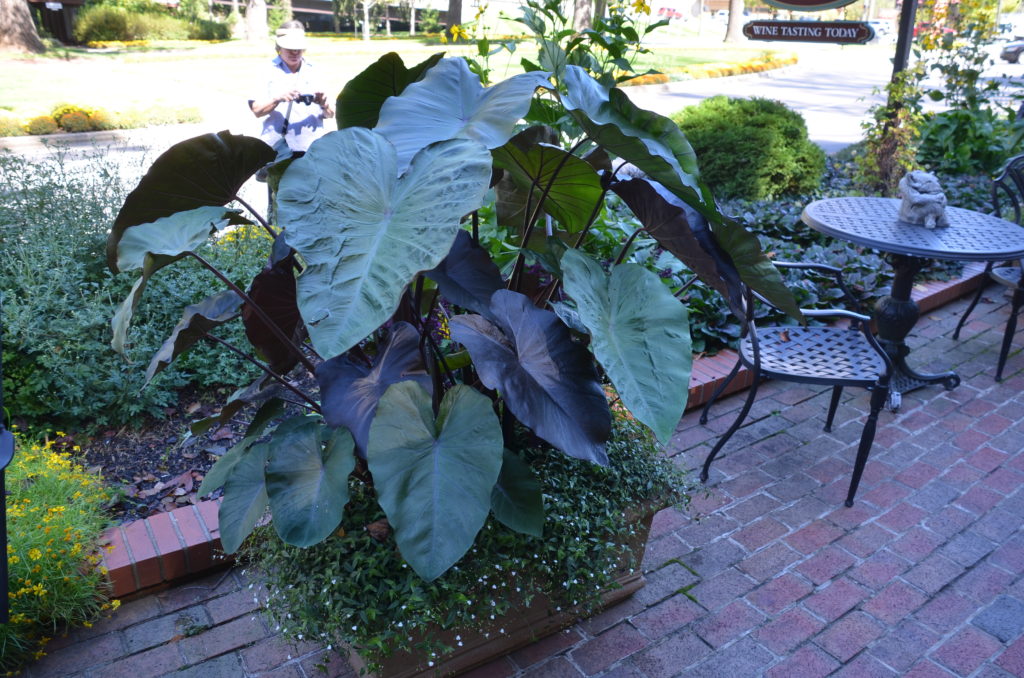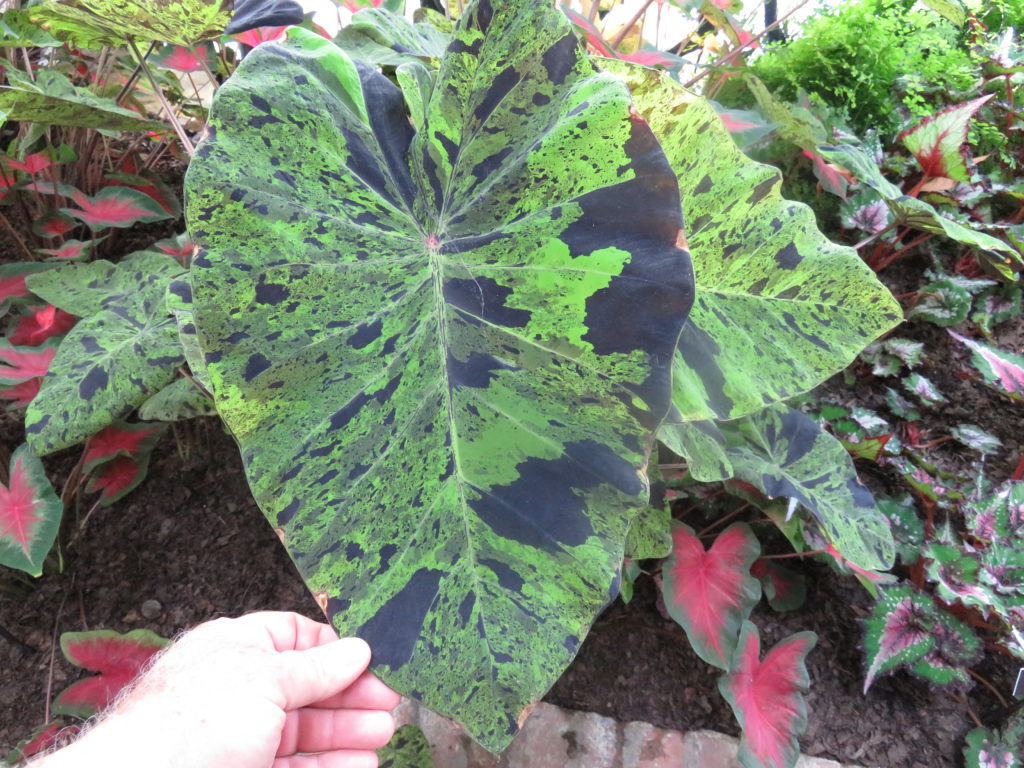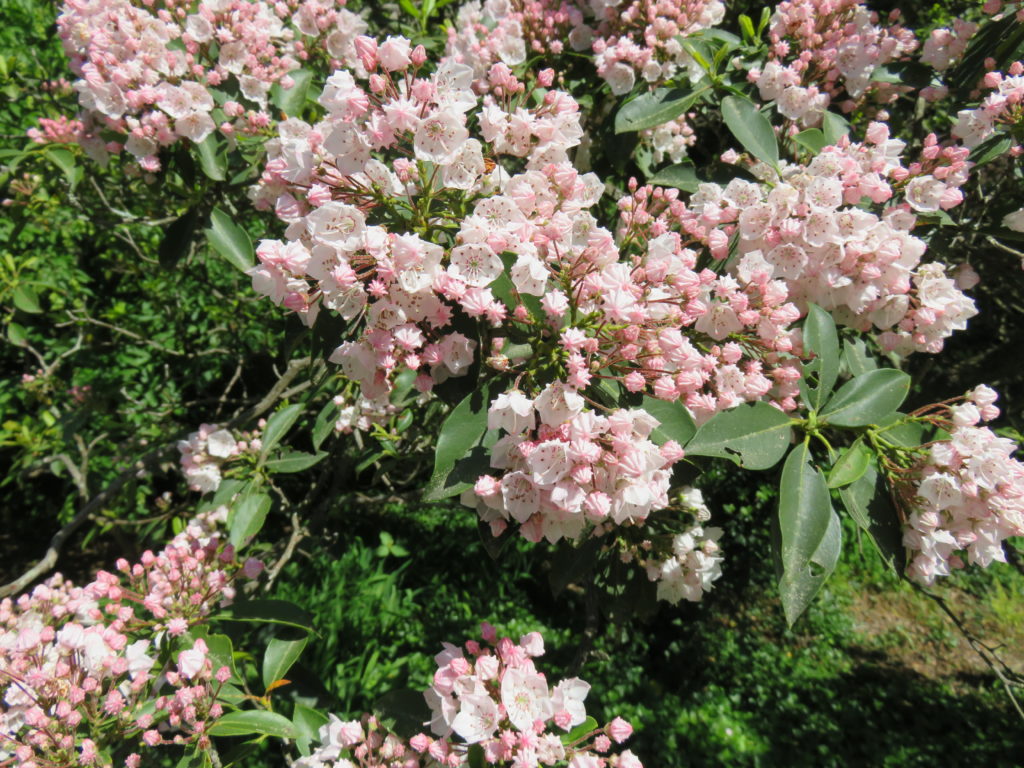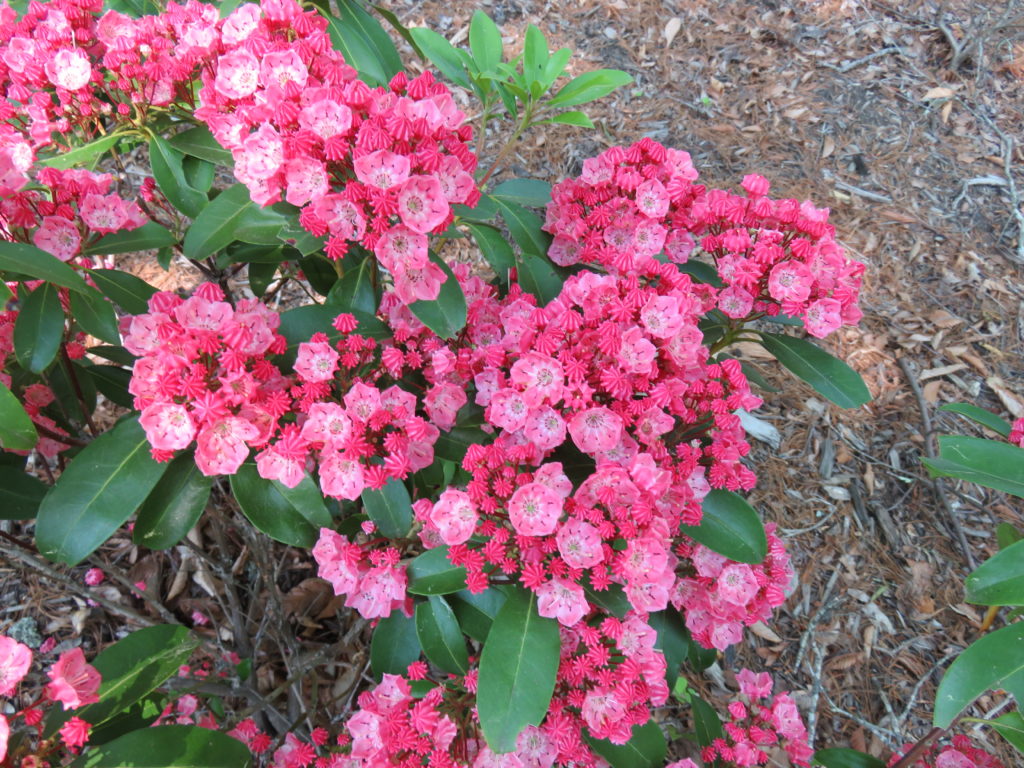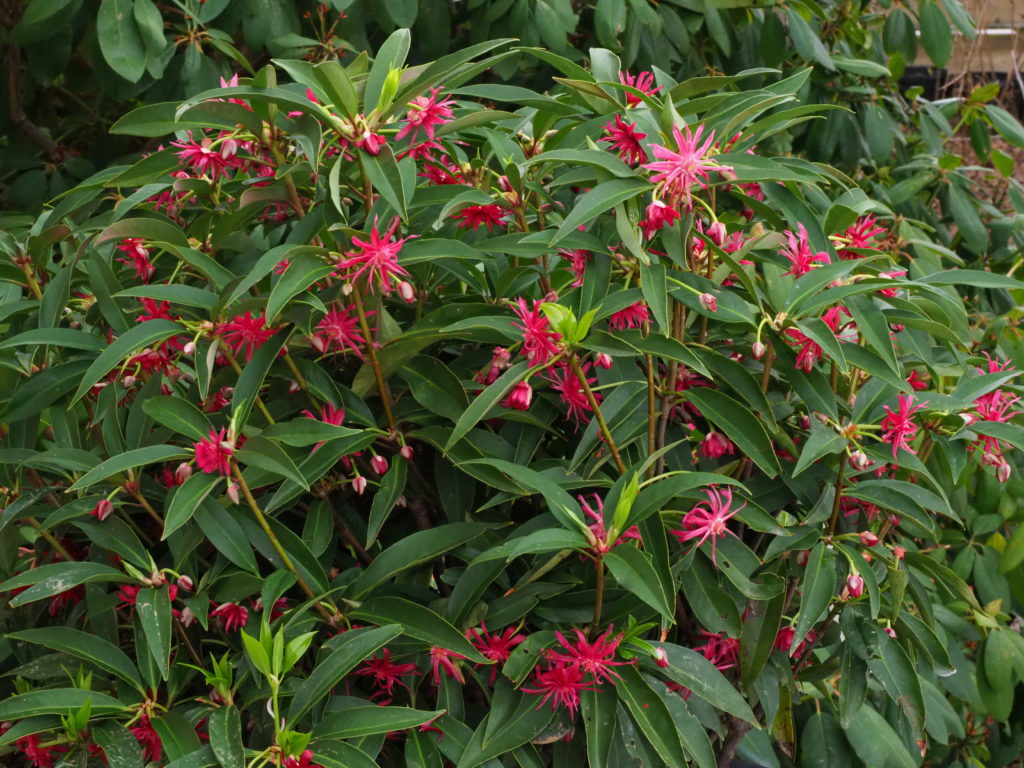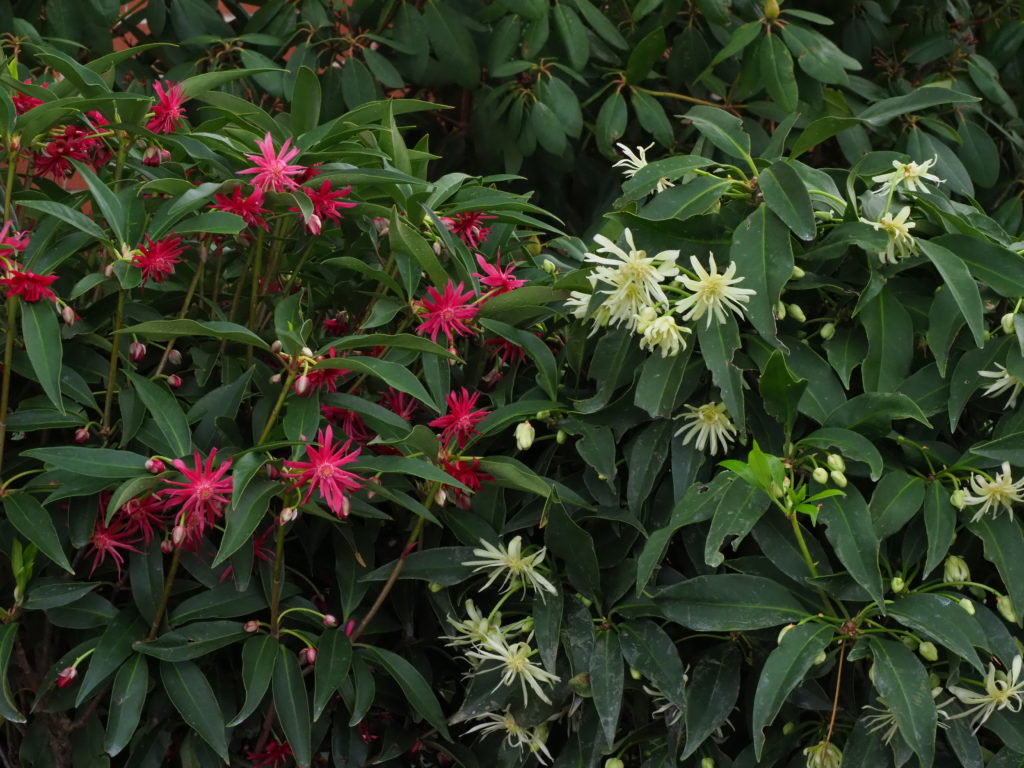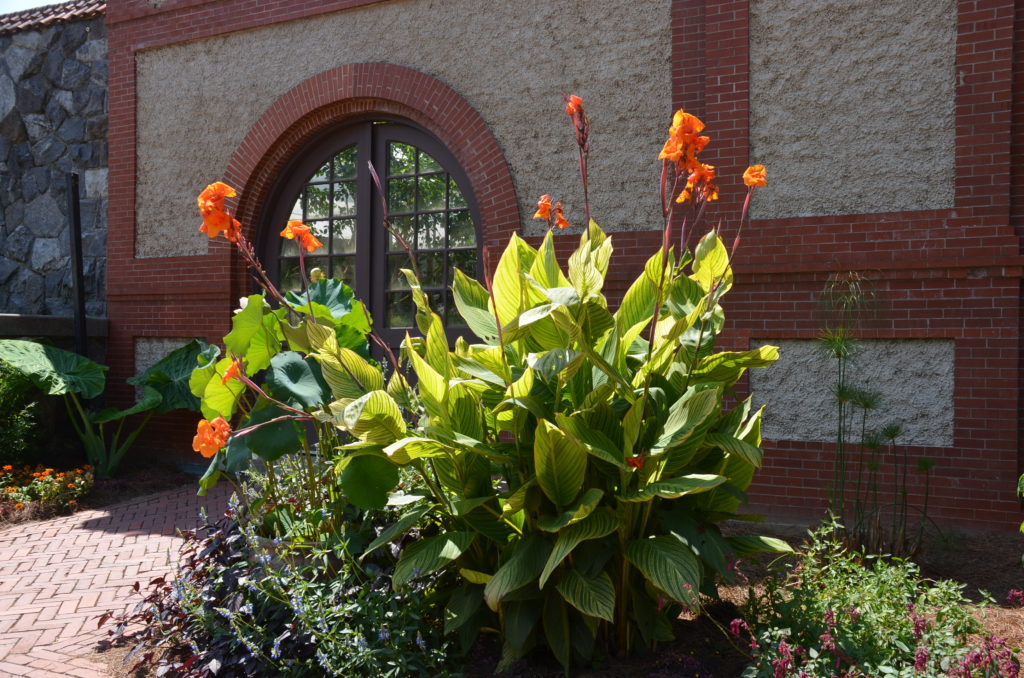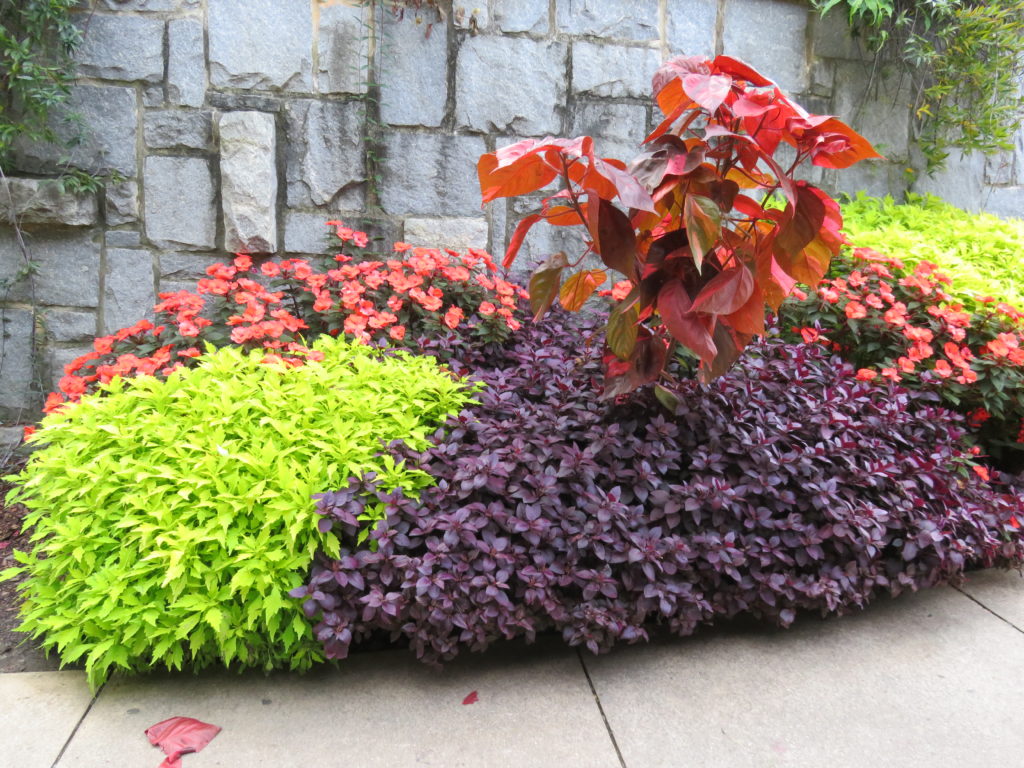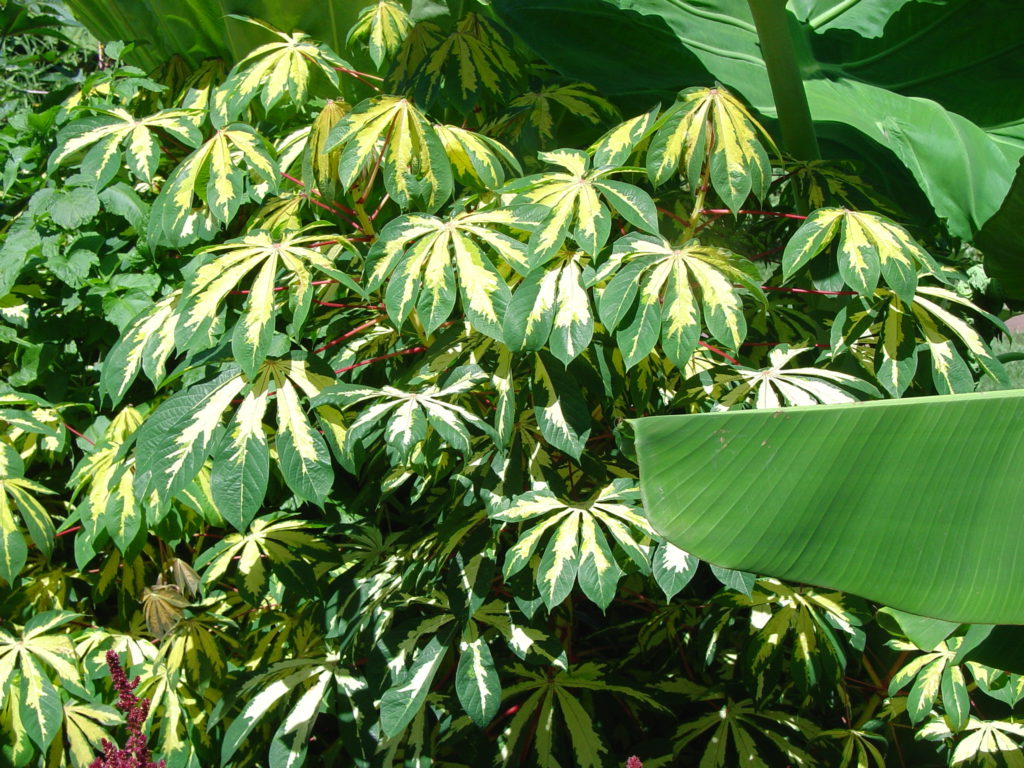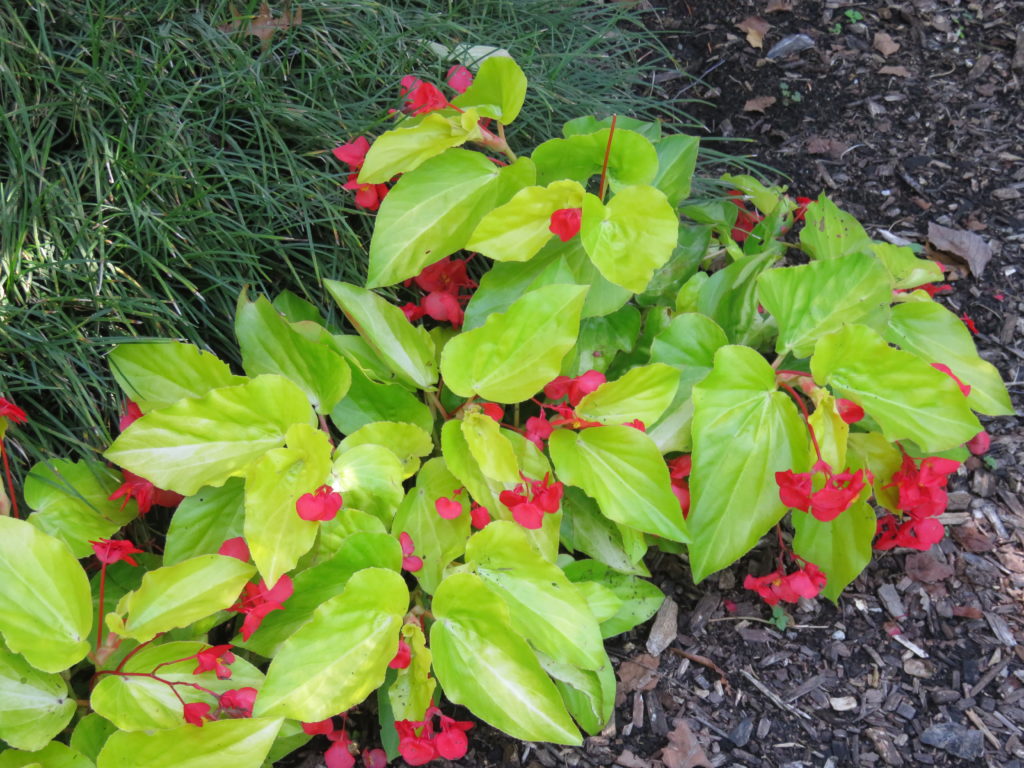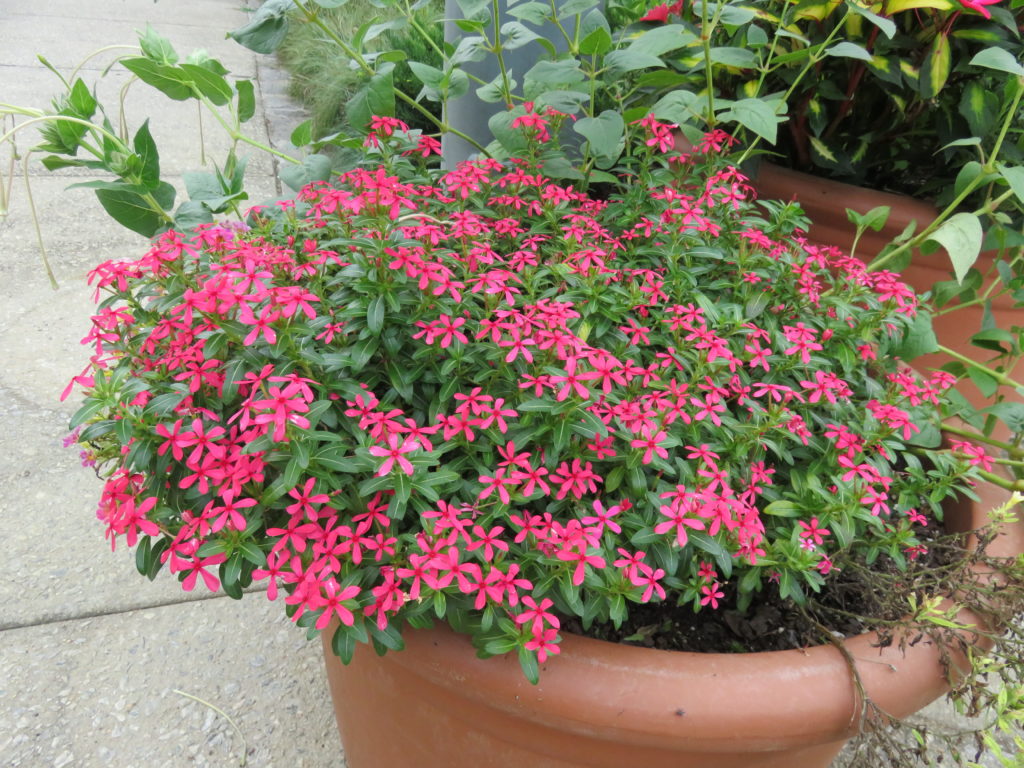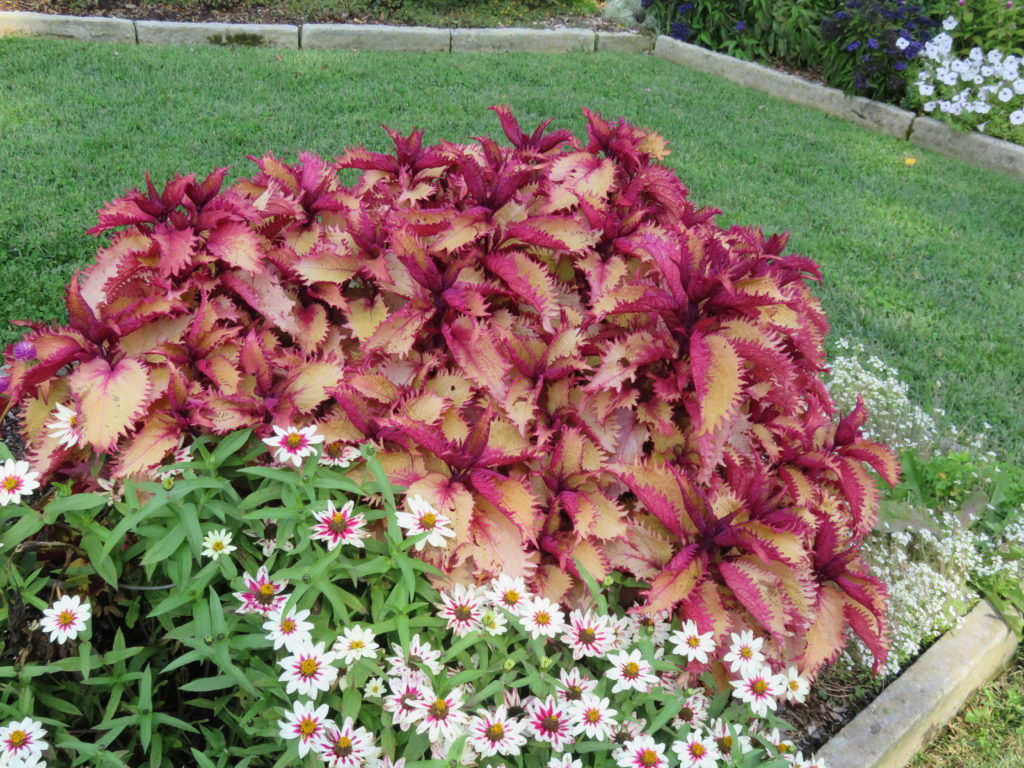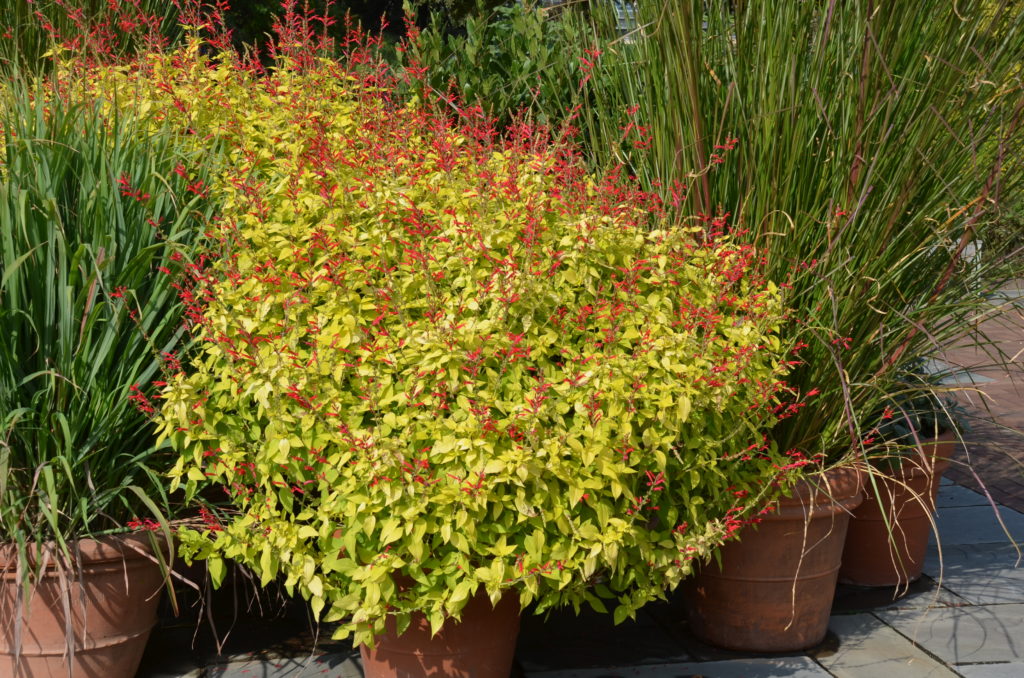Sugar Shack™ Buttonbush (Cephalanthus occidentalis Sugar Shack™) – Full Sun (6+ hours), Part Sun (4-6 hours), Full Shade (up to 4 hours). 3 to 4 feet tall and wide. cut the size in half and added colorful red fruit and glossy foliage. Add in cool looking, fragrant white flowers and you’ve got a delightful plant that shines from spring to fall (zones 4-10).
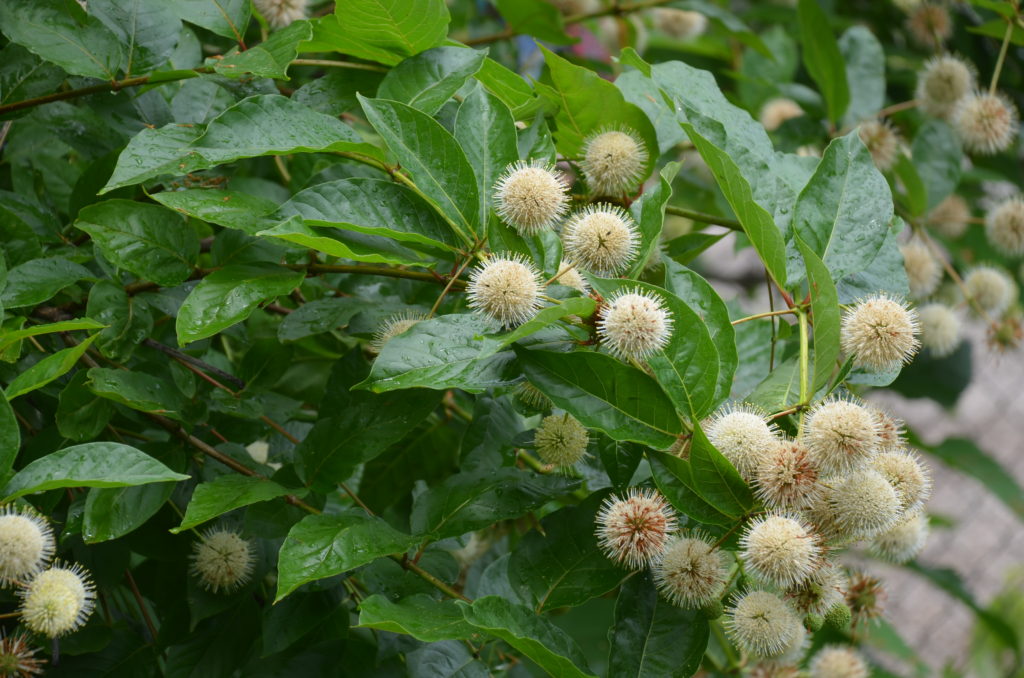
Hummingbird Summersweet shrub (Clethra alnifolia ‘Hummingbird’) – native summer blooming shrub with showy, wonderfully fragrant flowers that attract bees, butterflies and hummingbirds; attractive, glossy dark green leaves set off pure white summer flowers. Plant it near the deck or patio to enjoy the sweet scent in mid-summer; extra large blooms with equally large individual florets; deer-resistant (zones 4-9).
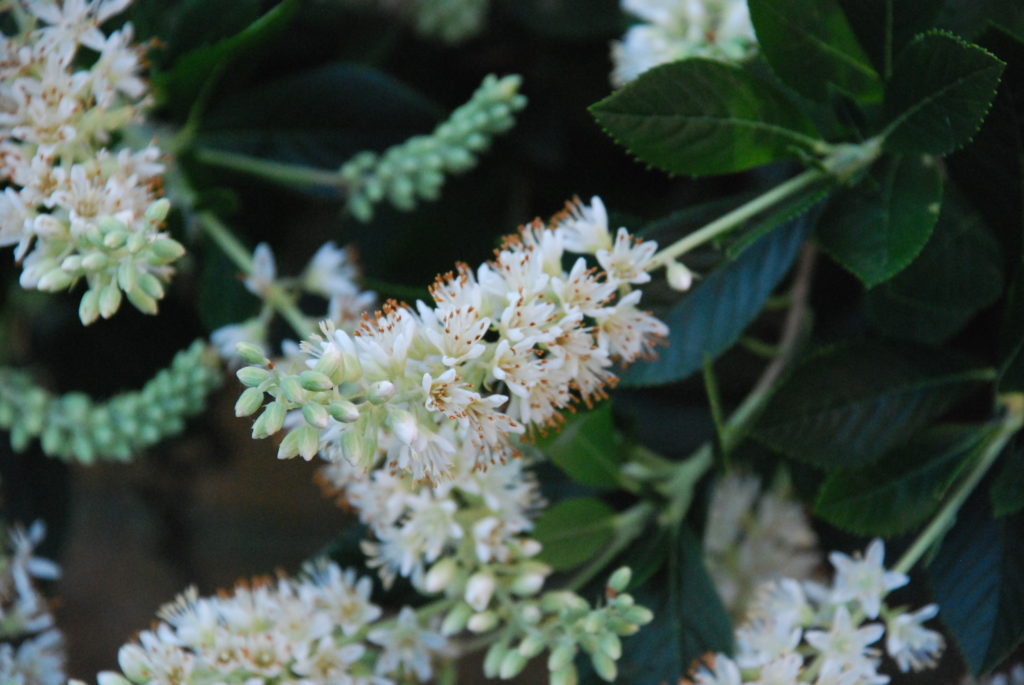
‘Little Henry’ Virginia Sweetspire (Itea virginica ‘Little Henry’) – a lovely compact, late spring native shrub. Beautiful display of fragrant white flowers over 2-3 weeks; glossy green disease-free spring/summer foliage; stunning garnet-red in fall; deer resistant (Zones 5-9).
Pugster Butterfly bush (Buddleia x) – compact plant just 2 feet tall and 2-3 feet wide, large full flowers in three color choices: Pugster Blue®, Pugster Amethyst®, and Pugster Pink®. Full sized long-blooming true-blue or pink fragrant flowers from mid-summer into fall; no deadheading needed; drought tolerant; blooms attracts bees, butterflies and hummingbirds; deer and rabbit resistant (Zones 5-9).
Low Scape Mound® aronia (Aronia melanocarpa) – tough, low-growing native groundcover shrub, providing beauty from spring through frost (zones 3-9). It forms a low 12-24 inches high by 18-24 inches wide shrub and ground cover. Leaves are glossy green. In spring, it’s covered in hundreds of dainty white flowers, and in autumn, the leaves turn brilliant red to contrast with dark purple-black fruit. It thrives almost anywhere: cold climates and hot ones, wet soils and dry ones, sun and part shade.
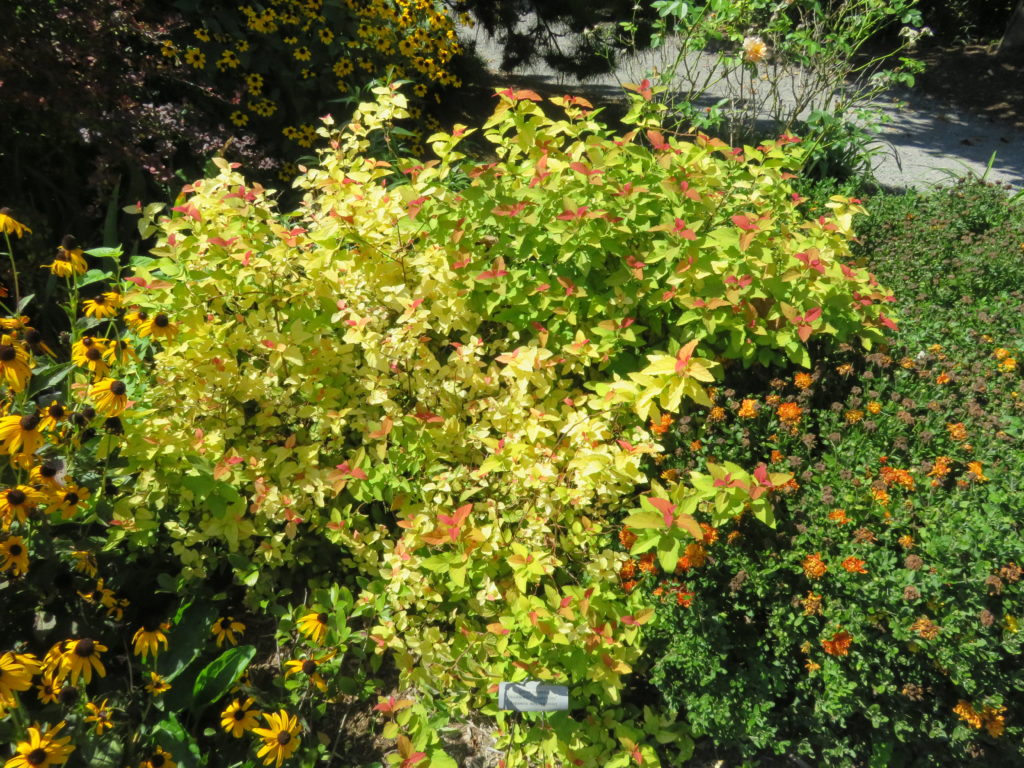
Double Play® Candy Corn™ Spirea (Spiraea japonica Double Play® Candy Corn™) – an eye-catching 18-24 inch tall compact shrub; new leaves start out brilliant red, later orange, eventually summer foliage turns sunny yellow with new leaves emerging orange; rich purple flowers in late spring make this spirea the most flamboyant member of the Double Play® Series. (Zones 4-7).

